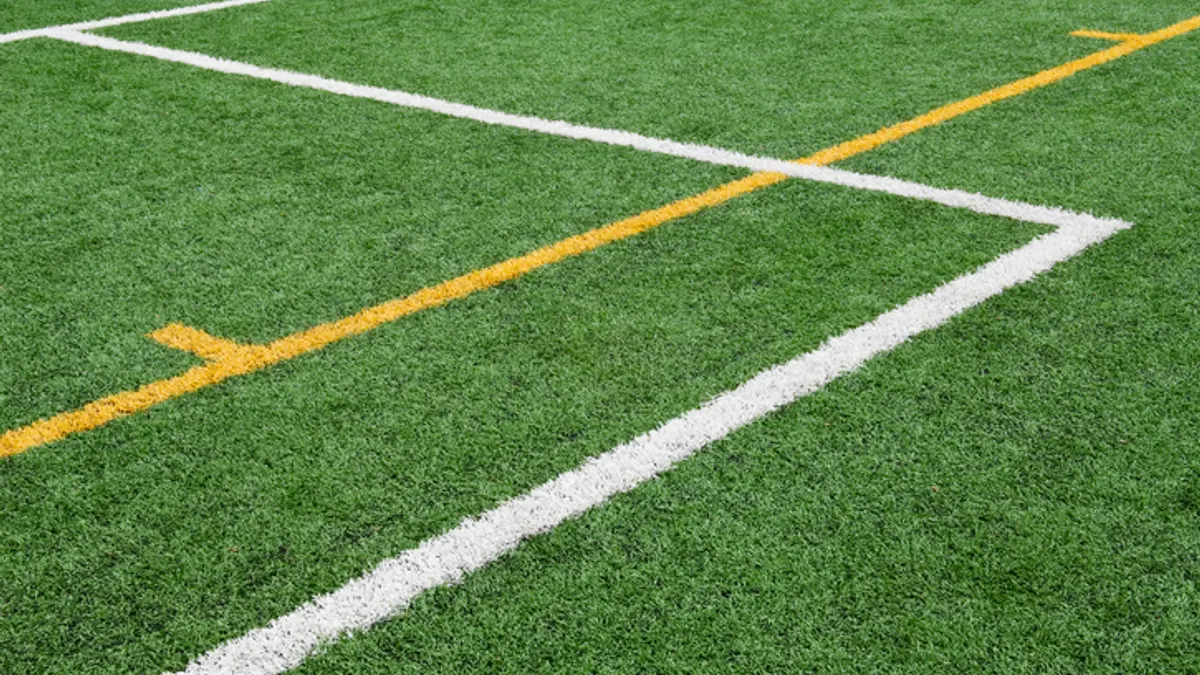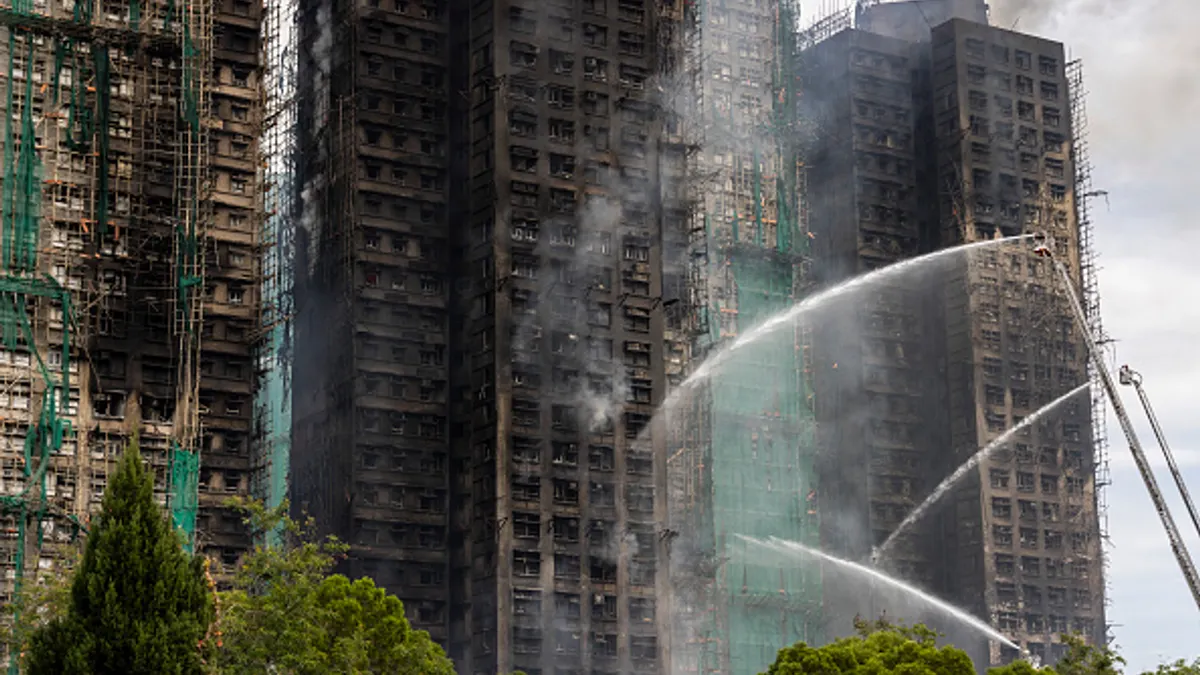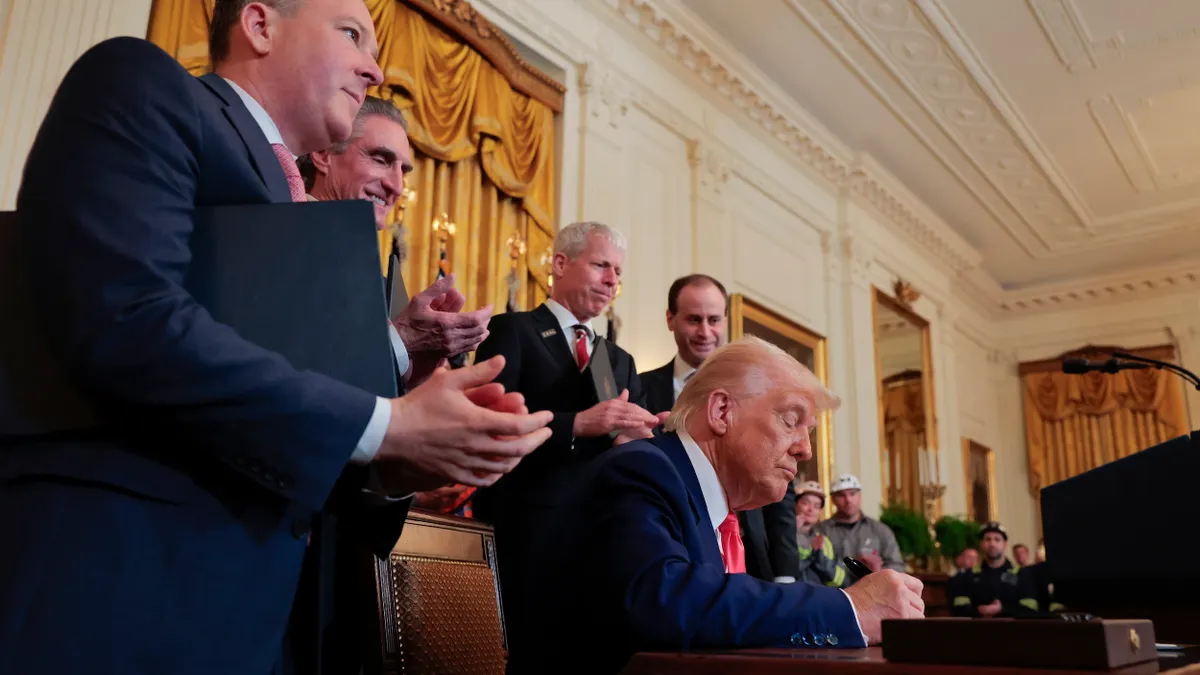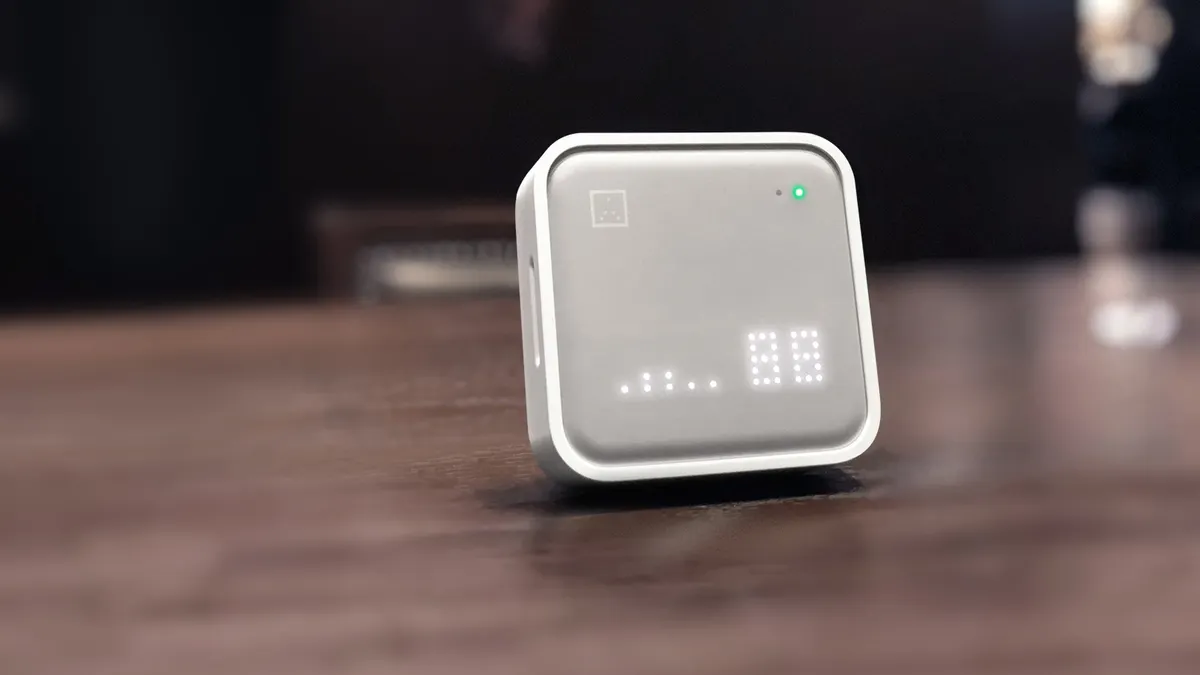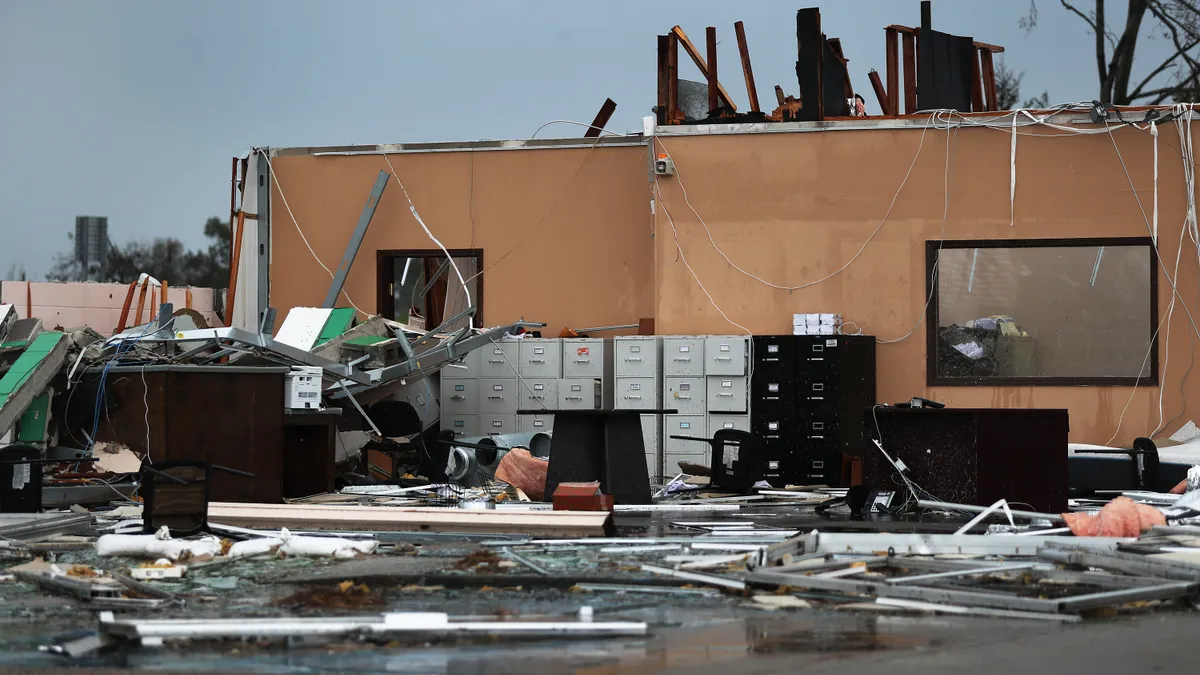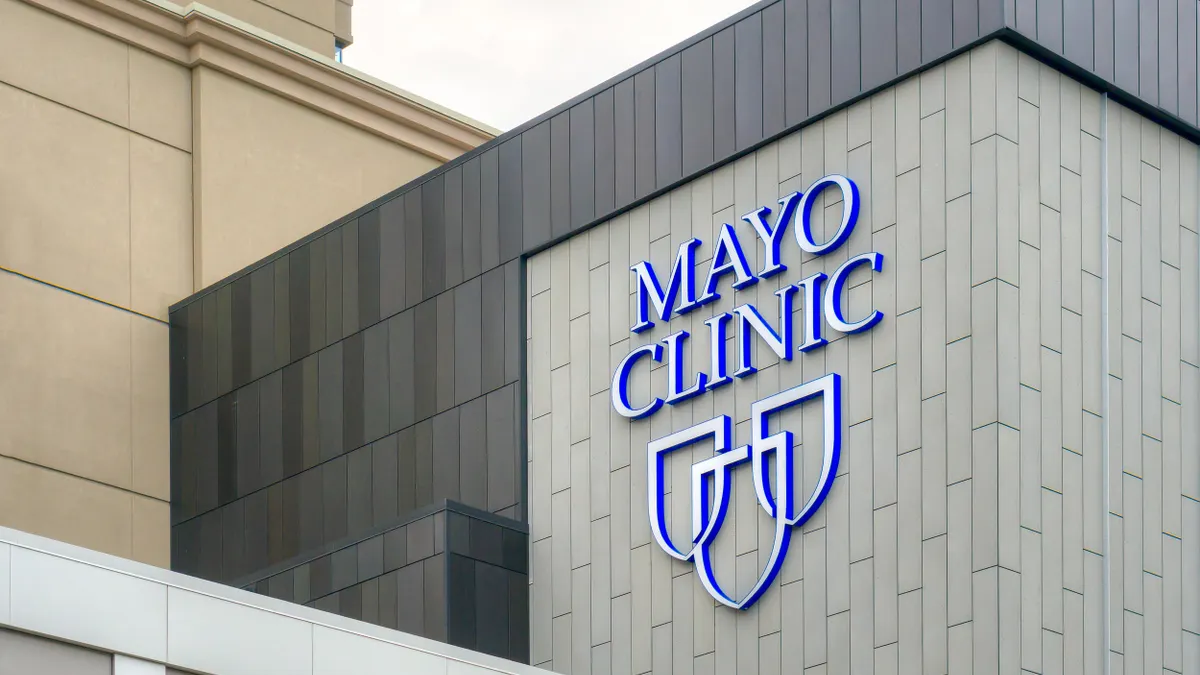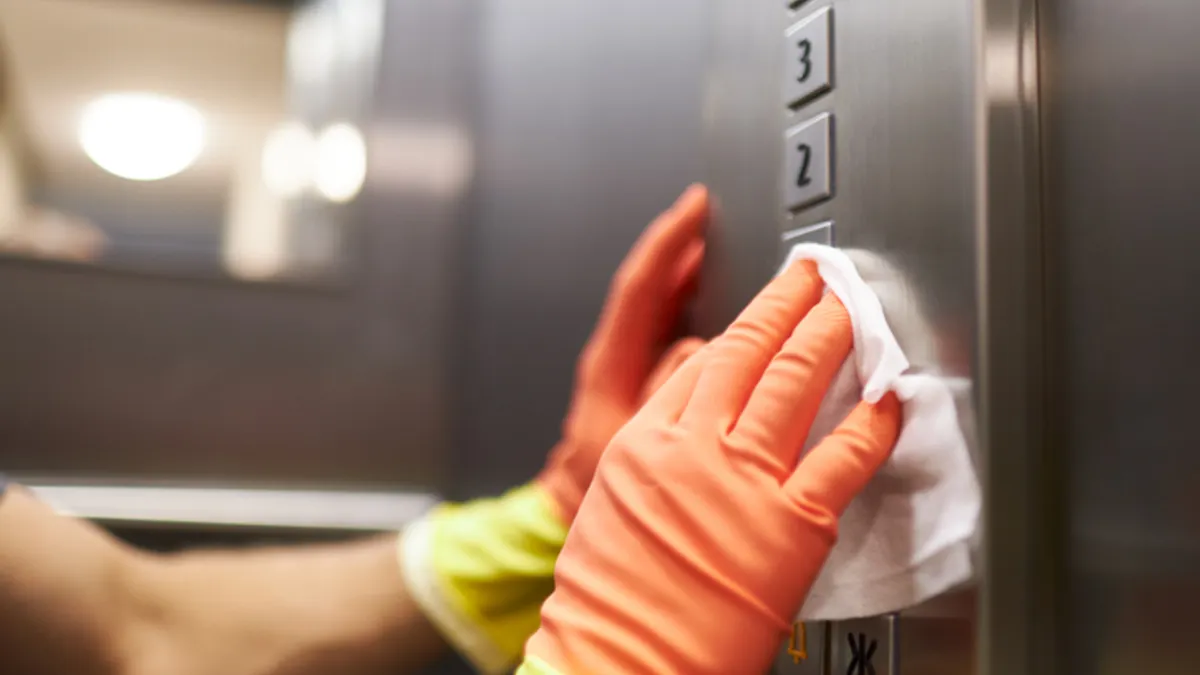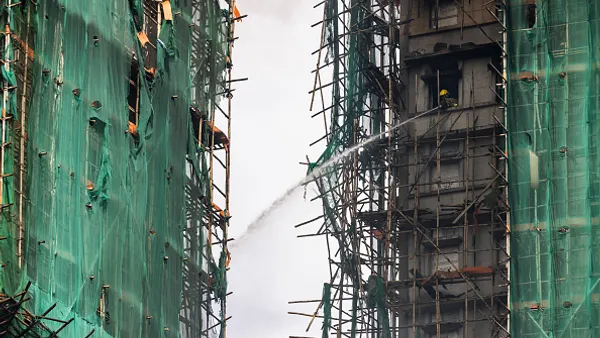When city officials last month approved replacing grass softball fields with artificial turf in Carson City, Nevada, it was a decision similar to what hundreds of municipalities and school districts have been making in recent years. By one estimate, public and private organizations have been installing 1,500 turf fields a year. There are now almost 20,000 turf fields in the United States.
The new turf is expected to save Carson City, population 60,000, some 8 million gallons of water annually, a Carson Now report says. As a result of its conservation efforts, the city has an abundance of water even though it experiences occasional droughts, like other cities in the arid western U.S., Andy Hummel, the city’s water and wastewater utility manager, says.
“Our drinking water usage has actually declined over the last 15 years, largely due to a shift towards drought-tolerant landscaping such as less lawn area, low-flow fixtures required in new development and remodels, and utilizing a tiered water rate such that water costs more as more is used,” Hummel said in a Carson Now report last year.
Water savings has long been one of turf’s big selling points. “Artificial turf has become more popular in … the West in recent years for its ability to reduce landscape water use in the face of unprecedented drought and water security challenges,” Western Resource Advocates, a nonprofit group, said in a 2022 fact sheet.
Maintenance costs also tend to be lower than for grass, about $7,000 compared to $50,000 over an estimated 25-year lifespan for turf, according to a comparison by Ideal Turf, a synthetic turf installation company in Texas. When turf’s higher installation costs are added in, the difference in the company’s estimate narrows, to about $17,000 vs. $52,000.
The other big benefit of turf is its availability after bad weather; unlike with grass, turf is ready to go after heavy rains.
“You can play on it year round as opposed to real grass that may get muddy or need seasonal recovery [and] it provides an optimal surface that (typically) isn’t subject to bumps or divots,” the Carson Now report said.
But the high heat that turf generates is a problem. The Washington Post put the issue in the news last week when John Farrell of the paper’s climate and weather team used a thermal attachment on his phone to capture an almost 50% difference in temperature between turf and natural grass.
“When you point the camera at the grass, it’s coming in at about 89, 90 degrees, [but] when you shift over to … the turf, it’s 143 degrees,” Farrell said in a video report.
In a similar test using an infrared thermometer conducted in late July by KATC 3 in Lafayette, Louisiana, the turf temperature peaked at almost 169 degrees compared to 111 degrees for grass.
“Turf surfaces [were] hotter than the plastic playground equipment,” the station’s meteorologist, Jobie Lagrange, said.
Health specialists have been raising alarms about turf heat for years.
“Adults and children playing on synthetic fields for prolonged periods are at an increased risk for heat-related illnesses,” the Virginia Department of Health says on its website. “Playing on synthetic turf can melt shoes, blister hands and feet, and induce dehydration and heatstroke.”
Guidelines developed by the Montgomery County School District in Maryland restrict how long students can be on turf, starting when the outside air temperature reaches 80 degrees. When it reaches 91 degrees, kids can’t be on the turf for stretches longer than an hour and must take water breaks every 20 minutes.
“Artificial surface fields generate greater heat than natural surface fields on warm and hot days,” the guidelines say. “Anytime the outdoor temperature exceeds 80 degrees, coaches should exercise caution in conducting activities on artificial surface fields.”
“Plastic fibers in artificial grass absorb heat more readily than natural grass,” says El Paso Artificial Grass Supply, an installer.
Manufacturers say they’re moving away from one of the chief causes of high temperatures in turf, the rubber pellets from ground-up tires used as infill. They’re now using more natural materials like coconut and nutshells. “[We’re working] closely together with sport clubs, athletes and other partners to develop the next generation of turf,” says TenCate, a turf manufacturer.
But health specialists say infill and other changes only go so far, because there are other health concerns, including from the breakdown of the turf into microplastics and the use of PFAS. “Multiple health effects associated with PFAS exposure have been identified and are supported by different scientific studies,” according to a report by the National Institute of Environmental Health Sciences.
“I would not recommend parents let their children play on there. Period,” Vasilis Vasiliou, a Yale epidemiologist, said in an August 6 Washington Post article.
Recent lawsuits between health specialists and a turf manufacturer pull the curtain back on the battle supporters and critics are having over the growing use of turf.
Health specialists in June accused a manufacturer, Polyloom Corp. of America, of using a defamation lawsuit against them to quash their participation in a talk about turf health effects they were scheduled to give in January. In that lawsuit, Polyloom accused the health specialists of defaming them and asked a court to issue a cease and desist order. In a counter-suit, the health specialists charged the manufacturer with violating a New York law making it illegal for a party to use intimidation to prevent another party from participating in public discourse.
The lawsuits are ongoing, but they show that, behind the cost-benefit equation facility managers might consider in using turf, there remains a contentious battle over the heat and health effects of turf.


